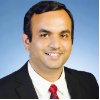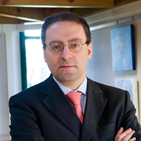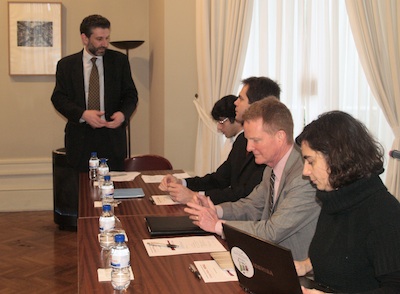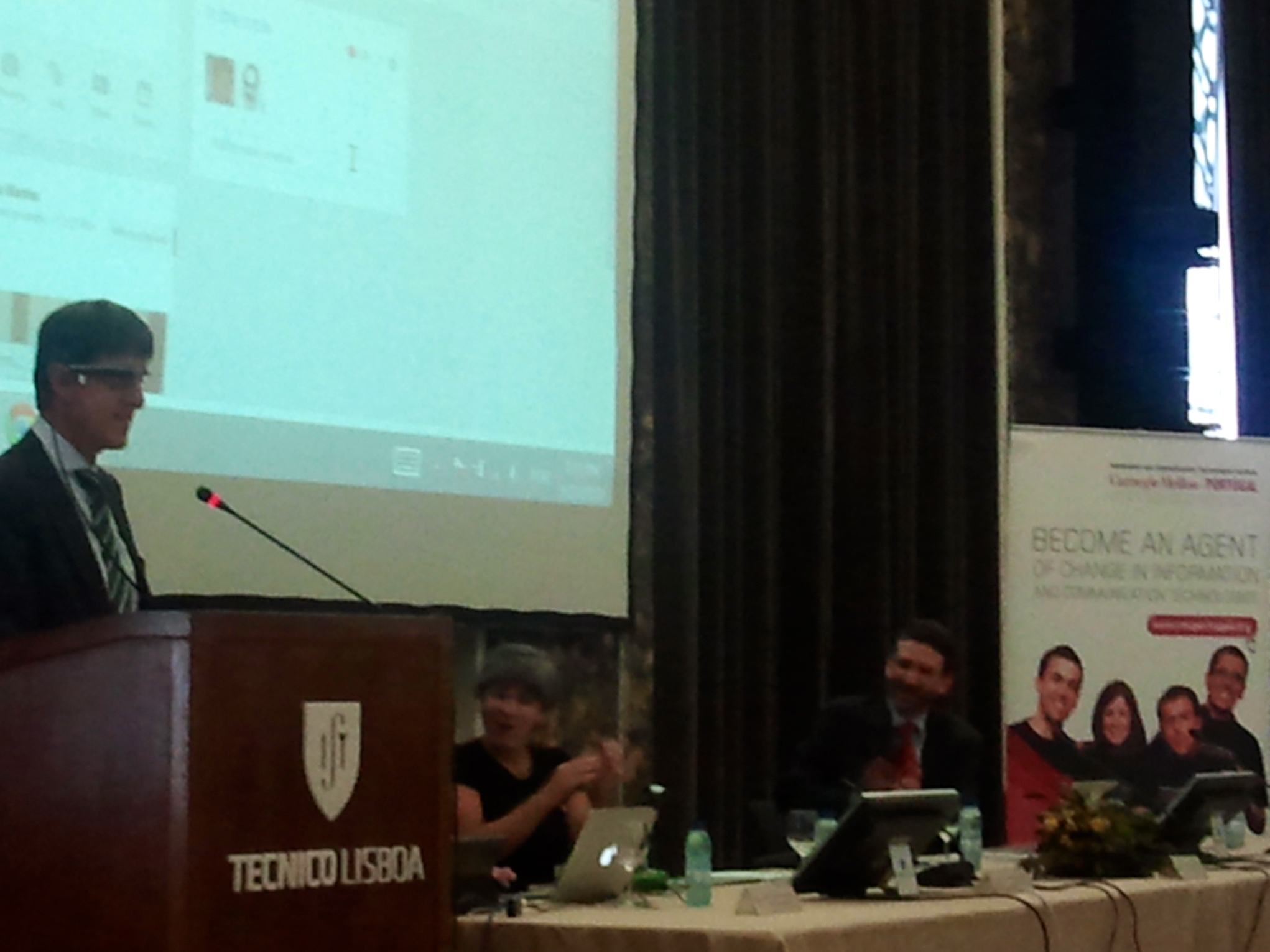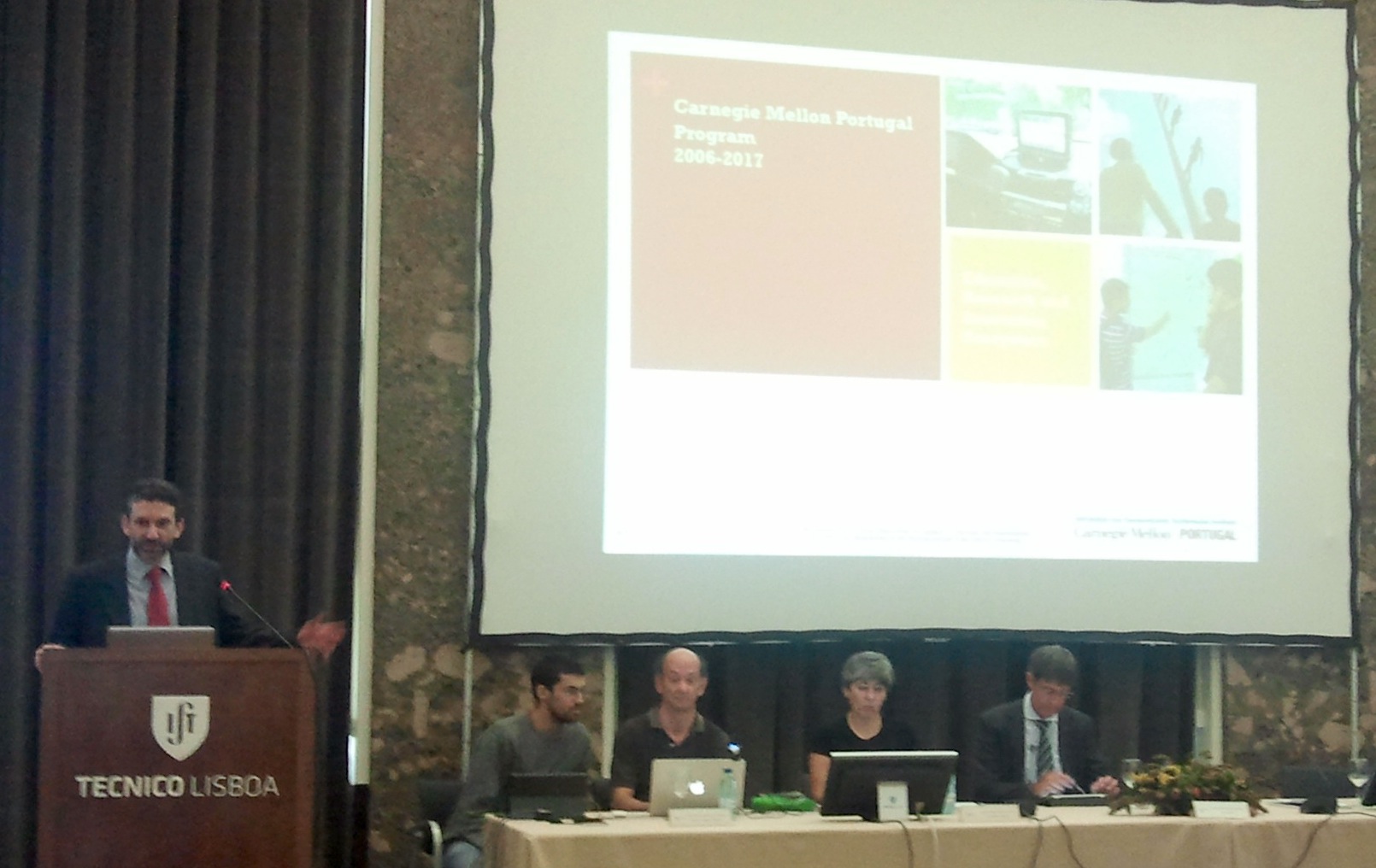Internships Are Key to Establish a Connection with the Labor Market
Jerónimo Rodrigues, who is doing his Ph.D. as part of the Carnegie Mellon Portugal Program, enrolled in 2008/2009 and is advised by João Xavier and Pedro Aguiar, from the IST-UL, and by Takeo Kanade, from Carnegie Mellon University. In an interview, Jerónimo Rodrigues tells us about his experience, the importance of internships and his expectations for the future.
CMU Portugal Program: During your dual-degree Ph.D. you have also worked as an intern in different companies. Can you tell us a bit more about that experience?
Jerónimo Rodrigues (JR) : I had the opportunity to work as an intern in companies such as Google and Qualcomm, and as a result of our work we now hold several industrial and academic patents. With Google I worked on a project called Google Wallet, and with Qualcomm I developed Augmented Reality applications. As part of my doctoral studies, I developed a binpicking system in collaboration with Honda Engineering. So I can say that my Ph.D. and internship work was directly used to develop industry products.
CMU Portugal: You mentioned that you have already worked at Google. What was the scope of your internship there?
JR: At Google I worked on the Google Wallet, which is an intelligent virtual wallet. In order to be able to stand the pace of competition and to apply technology that allows any person to start using the Google Wallet, Google invested in artificial intelligence so that all mobile phones could read bank cards with cameras, without requiring users to apply additional software or to introduce card data manually. Because cell phones have a weak computational power and because for safety reasons the information in the card cannot be sent to a server to be analyzed, it is necessary to use very efficient algorithms that run easily on the cell phone so that the task is performed easily and quickly. Google compared the project developed during my internship with the products developed by other companies, and decided that the know-how and technology developed at Google are better than the state-of-the-art of the competition.
CMU Portugal: What was your role in this project?
JR: I was responsible for designing and implementing the method to retrieve information from bank cards and send it to the cell phone using computer vision. The idea was to make this application more competitive comparatively to other solutions. The work resulted in several patents and in a product that can be used today by different people worldwide. I received a super star rating in an internal evaluation because even though the first prototype was developed in just three weeks, it proved to be faster and more precise than any identical application on the market.
CMU Portugal: How did this influence the research you do today?
JR: Today I believe it is very important to actually apply science, not just by demonstrating simplified prototypes, but also by trying to create systems that are as close as possible to real implementation. This is because now I understand better the concerns and difficulties that companies have when they try to bring research results to industry.
CMU Portugal: In your opinion, to what extent are internships important?
JR: I believe that internships are key to establish a connection with the industry in my area of expertise prior to concluding the doctoral studies. Moreover, it is an opportunity to get a good job after the Ph.D., and to understand the labor market and what companies expect from us. I apply this pragmatic view to my studies. Now I can clearly understand the differences between (1) research at universities, (2) working at a research centre within a company or (3) working as a software engineer at a company. In my point of view, the long-lasting separation between Portuguese academic institutions and industry require pragmatic ways of developing new collaborations between the two. Internships are a way to enable such collaborations because they trigger interactions among people and allow to better understand to outline a work plan along the motivations and goals of each institution. The students can be the link (or the excuse) for companies and universities to talk more and to promote possible synergies. Both have a lot to gain, but it is necessary for them to interact for these synergies to occur.
CMU Portugal: What about your work at CMU’s Robotics Institute?
JR: At the Robotics Institute I have developed a system for using automated learning in a binpicking task, for any given object, even for objects with textureless and shiny surfaces. This work has been developed as part of a collaboration with Honda Engineering, and the results largely outperform current state-of-the-art solutions.
CMU Portugal: Lastly, what do you expect for the future after you conclude your doctoral studies?
JR: In the future, I want to create my own technology startup, or maybe join a top technology company while providing consulting services to startups.
April 2014
______
Feature at Exame Informática (May 2014)
The Portuguese that Transformed the Google Wallet










